Contractual liability vs. limitation of liability – key considerations and assumption of risk (professional indemnity insurance)
14th April 2025By Noel Preston, Managing Partner, Preston Insurance Brokers.
When professionals enter into contracts with clients, they often take on specific liabilities beyond those imposed by general law. Understanding the difference between contractual liability and limitation of liability is crucial in managing financial and legal risks, particularly in the context of professional indemnity (PI) insurance.
Contractual liability
Contractual liability arises when a party assumes responsibility for specific risks through a contract, which may extend beyond what the law would normally impose. For instance, a professional service provider might agree to indemnify a client against losses or accept liability beyond standard negligence claims. While these clauses can be commercially necessary to secure business, they can also create uninsured exposures.
PI insurance is designed to cover claims arising from negligence, errors, or omissions in professional services. However, many PI policies exclude liability that is purely contractual, meaning if a professional agrees to obligations exceeding their common law duty of care, their insurance may not respond. This is particularly relevant in cases where contracts include broad indemnity clauses or warranties of performance, which may lead to a financial obligation that insurers will not cover.
Limitation of liability
A limitation of liability clause is a contractual provision that restricts the amount or type of damages a party may have to pay if something goes wrong. These clauses are essential in risk management as they help businesses avoid excessive financial exposure. Common limitations include capping liability to a certain amount (e.g., the contract value or insurance policy limits) or excluding liability for indirect losses.
From an insurance perspective, it is advisable for professionals to ensure that their contractual liability does not exceed what their PI policy covers. For example, agreeing to unlimited liability or accepting responsibility for third-party losses can leave a business facing claims that are not insured. Careful contract negotiation is key to ensuring that any liability assumed remains within the scope of insurance protection.
Assumption of risk and best practices
Professionals should be cautious when signing contracts that extend liability beyond their control. Clients may push for stringent terms, but businesses must balance commercial interests with risk exposure. Best practices include:
• Reviewing contracts carefully before signing and seeking legal advice where necessary.
• Negotiating liability caps that align with (or are less than) PI insurance coverage.
• Avoiding broad indemnities that shift excessive risk onto the service provider.
• Ensuring clarity in contractual obligations to prevent misunderstandings that could lead to claims.
A poorly structured contract can result in significant financial losses if obligations are not properly managed. Limiting liability and ensuring insurance alignment can help professionals operate with confidence while protecting their financial stability.
noel.preston@prestonib.co.uk




